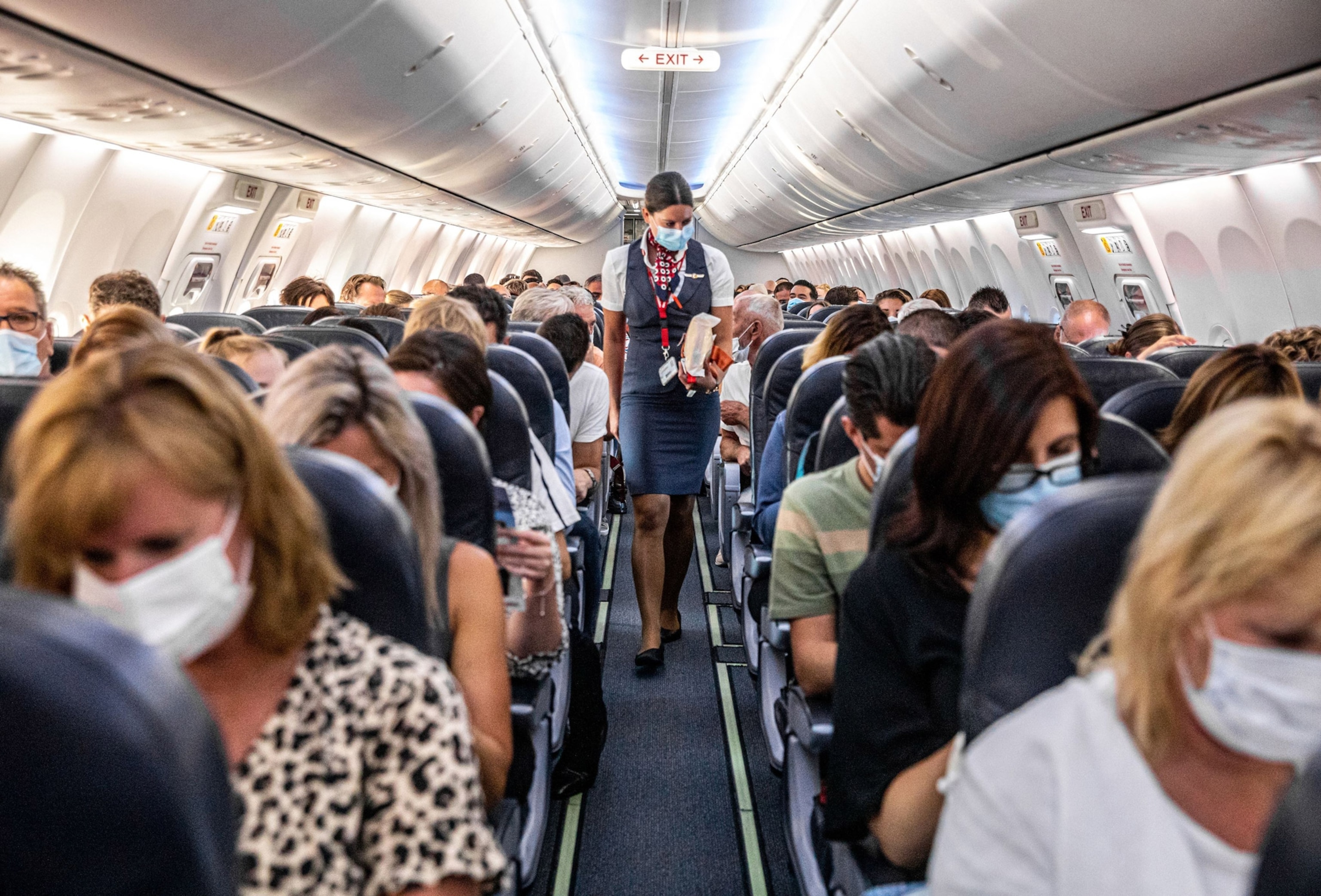
How clean is the air on planes?
By George Stone, TRAVEL Executive Editor
How do you measure pandemic pessimism among travelers? The evidence is in the air—or not in the air, to be precise. At the pandemic’s peak in the U.S., there was a 96 percent reduction in air travelers; this figure shifted to a 73 percent reduction by mid-summer. According to a poll of transportation engineers, air travel figures in the U.S. are predicted to remain at 50–70 percent capacity a year from now.
But take a deep breath. Here’s some better news: High-tech filtration and low-tech masks are making flying safer than you think. “The air you breathe in flight—though not necessarily entirely virus-free—is much cleaner than the air in restaurants, bars, stores, or your best friend’s living room,” reports Johanna Read. (Pictured above passengers on one of the first flights between Amsterdam and Burgas, Bulgaria since COVID-19 shutdowns earlier this year.)
On most passenger planes, about 40 percent of a cabin’s air gets filtered through a HEPA (High Efficiency Particulate Air) system; the remaining 60 percent is fresh and piped in from outside the plane. “Cabin air is completely changed every three minutes, on average, while the aircraft is cruising,” says Dr. Bjoern Becker of Lufthansa. While the exhaled globs that carry SARS-CoV-2 can be quite small, HEPA filters effectively remove the vast majority, rendering air that is 99.97 percent purified. Sounds clean!
But good technology cannot neutralize bad behavior. “There’s evidence that mask wearing both protects those around you and reduces the chance that you’ll get infected yourself,” Read writes. Additional hurdles to airborne health remain.
In the U.S. there’s no law requiring air passengers to wear masks. Each U.S. airline has implemented its own rules (here are American’s, Delta’s, and United’s). As of mid-August, it seems that Alaska Airlines is being the most vigilant of U.S. carriers about mask wearing, according to Read. And only a handful of U.S. carriers (Delta, Alaska, Hawaiian and Jet Blue) have pledged to keep middle seats empty.
Another hurdle: the oxygen on the ground remains suspect. “The biggest risk when flying just might be the airport, boarding, and take off/landing experience. Keeping that six feet (or more) of social distance while getting to your gate, into your seat, or deplaning is probably more important than anything else you can do (except covering your face),” says Read. “Turns out the best way to make the skies friendlier right now is to cover up your smile.”
Do you get this daily? If not, sign up here or forward this to a friend.
Today in a minute
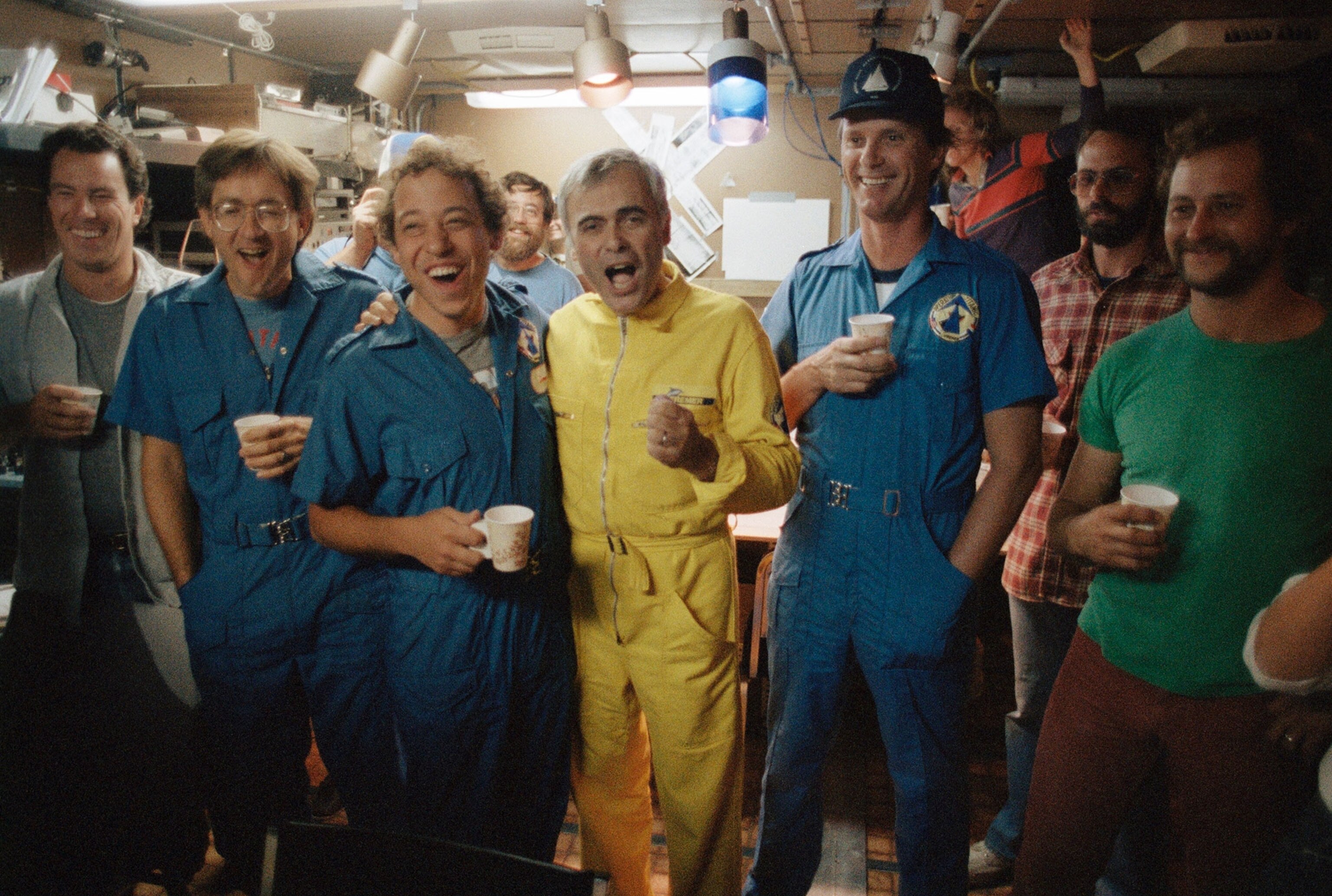
It was 35 years ago today ... that Nat Geo Explorer-in-Residence Robert Ballard and his team (pictured above) discovered the sunken Titanic, anchored since 1912 at the bottom of the North Atlantic. Subscribers can see previously unseen images, two miles below the surface, from the wondrous luxury liner. The discovery has prompted a still-running battle for the vessel's artifacts, and deep-sea robots may recover the telegraph machine that broadcast its last cries for help.
Motel boom: For years, the motel often has been neglected, seen as a drive-up, neon-signed, one-story trip back in time. Then came COVID-19. “Road trippers and travelers seeking to avoid elevators, crowds, and everything else that comes along with fancy hotels are now turning to motels, which haven’t been this popular in decades,” the Washington Post writes.
Forget bucket lists: That’s what German film director Werner Herzog says. Although he’s been all over the world, and his new documentary, Nomad is about the globe-trotting writer Bruce Chatwin, Herzog gives Nat Geo’s Peter Gwin a thumbs-down on the idea of list of places to see before you die. “I don’t have a bucket list because I never planned anything,” Herzog said. Here’s his full Q&A (it’s delightful).
Starting today, Americans can go to Costa Rica? Well, only if you are from one of six states, Afar reports. And you must have proof of a negative COVID-19 test. Which are the lucky six states? New York, New Jersey, New Hampshire, Vermont, Maine, and Connecticut, which have lower levels of coronavirus contagion than the Central American nation.
The ‘ranger of the lost art’: A bespectacled, retired backcountry Alaska dentist named Doug Leen has gone to great lengths to find, restore, and reprint once-iconic posters of America’s threatened lands. These original designs were made in the 1930s and 1940s by the Works Progress Administration but were almost completely lost to time and neglect, says the New York Times. Leen began his avocation as a young man at Grand Teton when he saved a poster from the burn pile. “It was so well done,” Leen recalled. “It had this old luster to it."
Your Instagram photo of the day
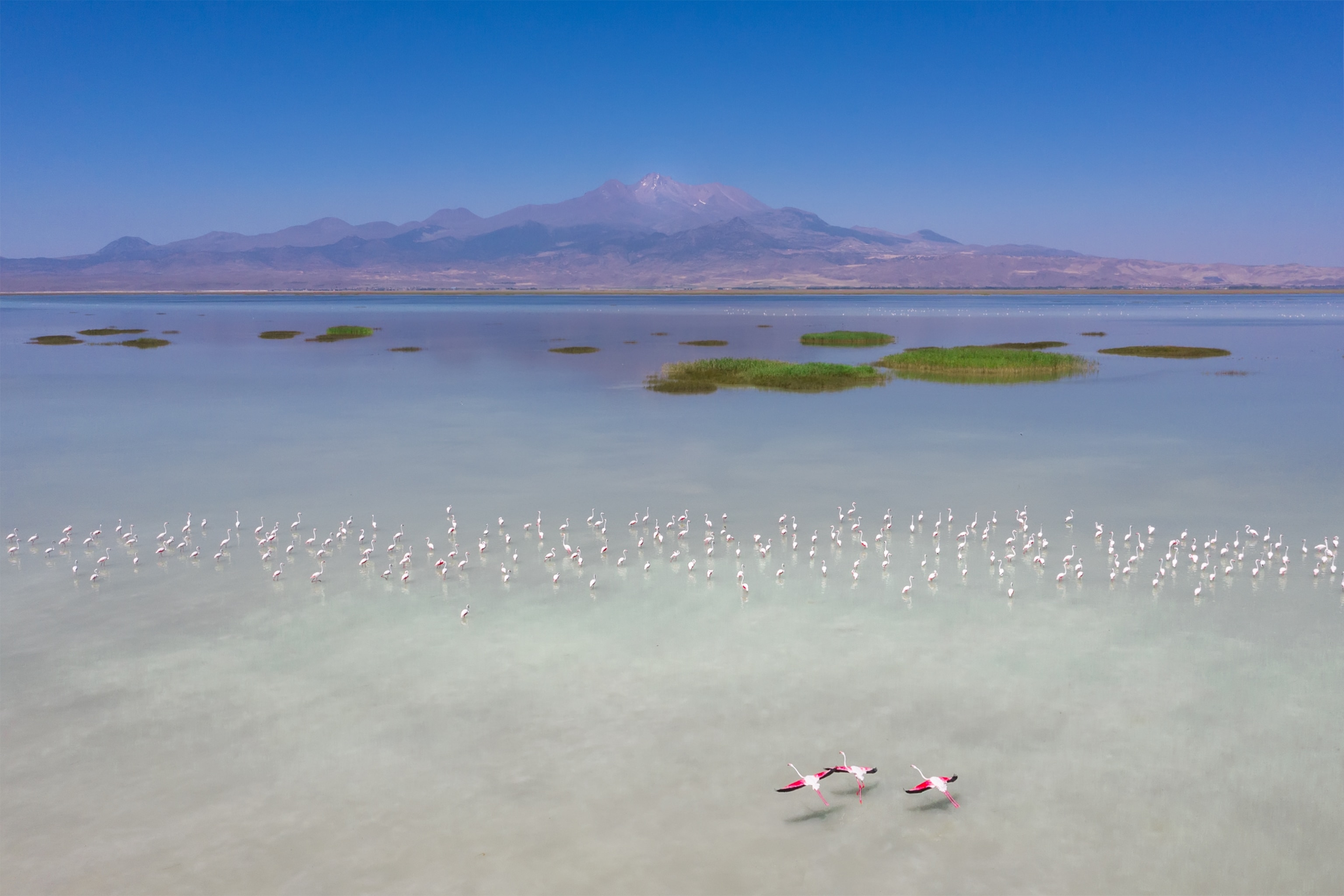
A refuge for humans, too: When photographer F. Dilek Uyar wanted to get away after months of COVID-19 lockdown, she joined the flamingos (above) in Turkey’s Sultan Reeds National Park. Her image shows the volcanic Mount Erciyes in the background. “This place,” she writes of the natural habitat for many bird species, “is like heaven for visitors as well as birds.”
Are you one of our 39 million Instagram followers? (If not, follow us now)
The big takeaway
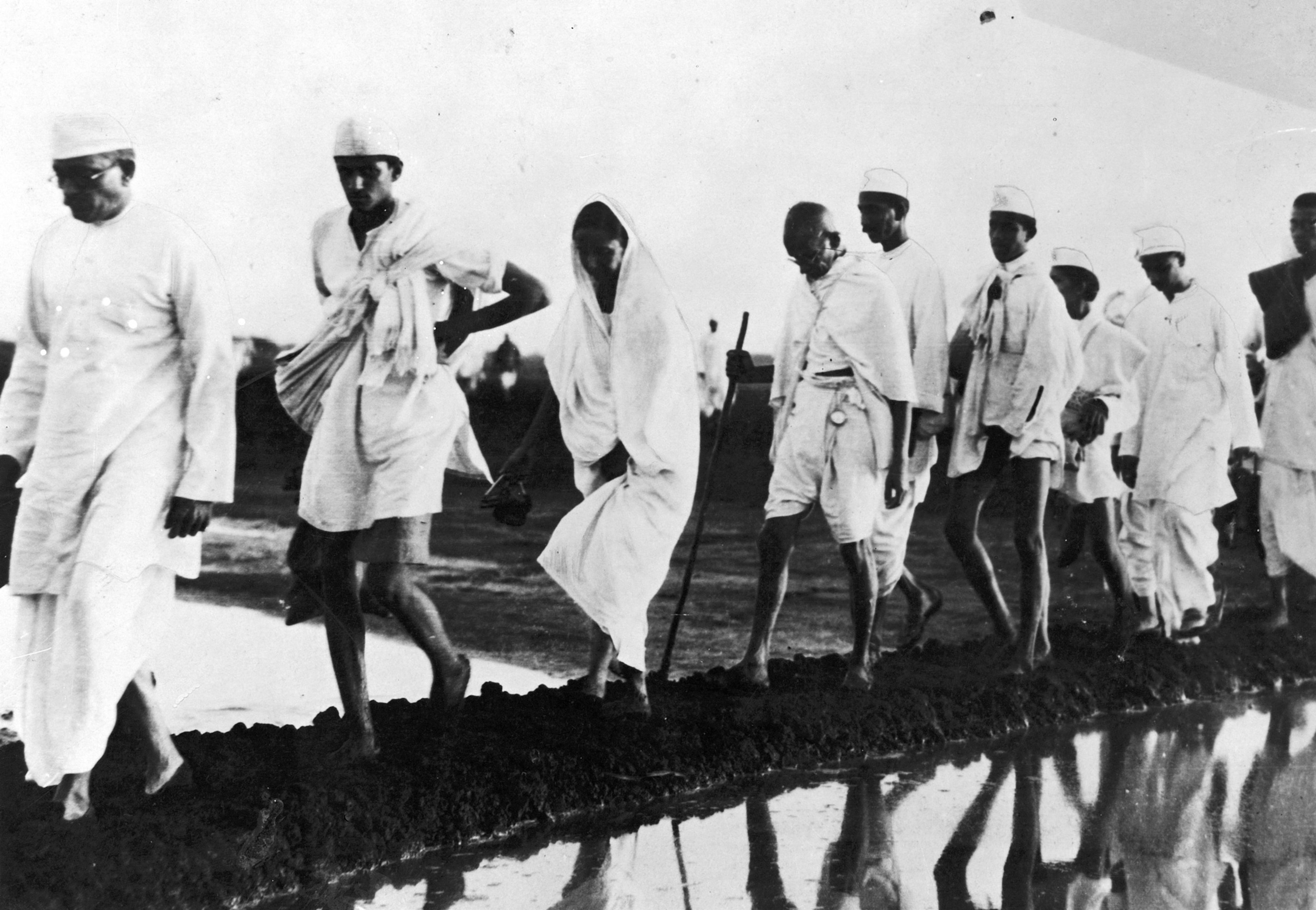
A pandemic panacea: “Freedom is walking’s essence, and everyone should be able to experience that freedom to depart and return when they wish.” That’s writer Eric Weiner, in his Nat Geo examination of the benefits of walking, both for health and for social change, if you have access to safe strolls. Weiner, the author of The Socrates Express, can’t help but get philosophical, quoting heavy walker and thinker Jean-Jacques Rousseau: “My body must be in motion to make my mind active.” Do you work the same way? Let us know! (Pictured above, Mahatma Gandhi and his followers on a historic 241-mile protest march in India in 1930.)
Related: 10 terrific city walks
In a few words
I always carry a pair of binoculars. And I carry a notebook and a pen. Tiny notebooks. They fit in my shirt pocket so that I can access them instantly. I write in miniature. And sometimes I would write while walking. It’s crooked handwriting, but I still can decipher it.Werner Herzog, Film director, explorer, On what he carries in his travel rucksack
Did a friend forward this to you?
On Wednesday, Victoria Jaggard covers the latest in science. If you’re not a subscriber, sign up here to also get Rachael Bale on animals, Whitney Johnson on photography, and Debra Adams Simmons on history.
The last glimpse
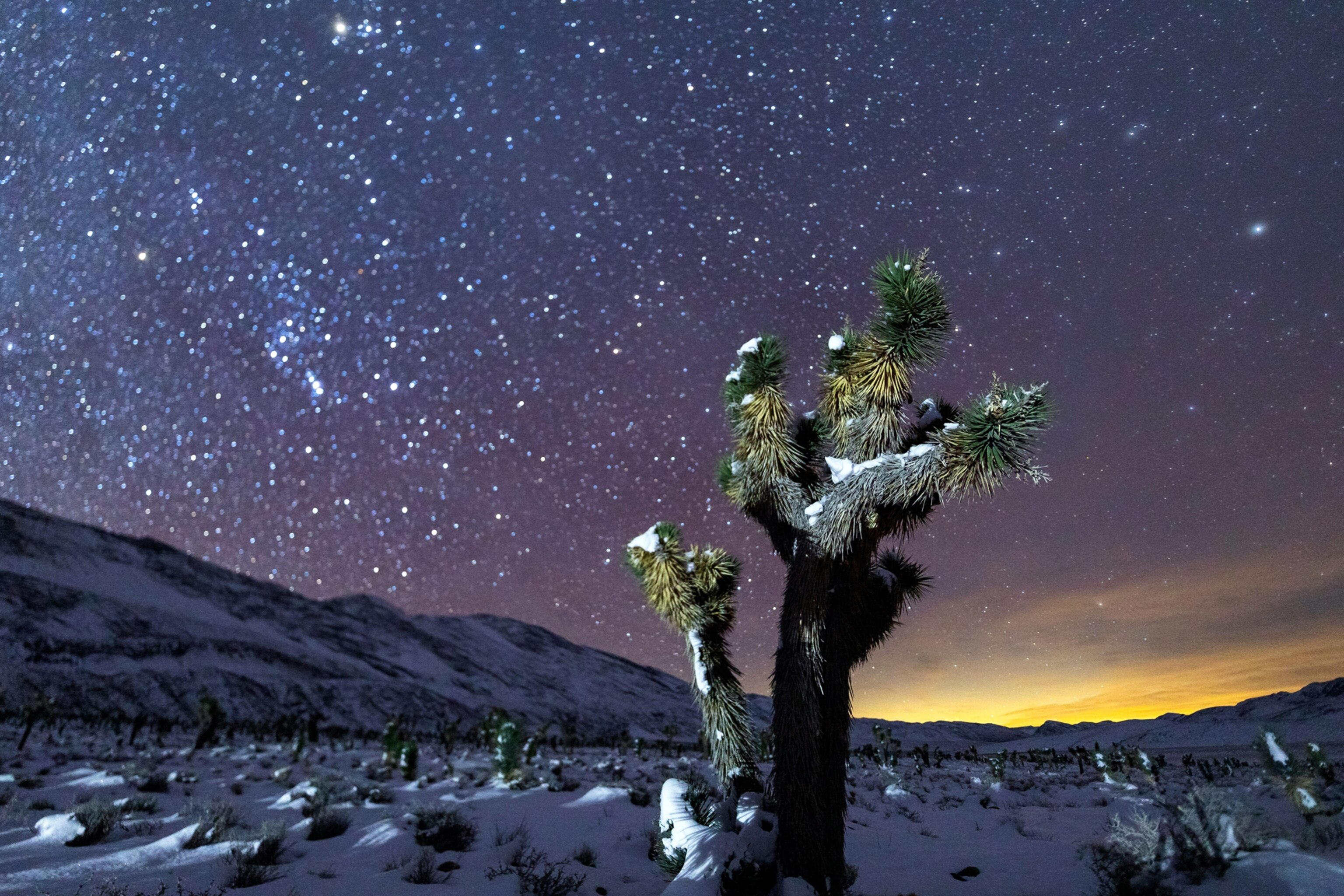
Starry nights: It’s the hottest place on Earth—and also a prime place to see the heavens. Death Valley National Park has become a haven for dark sky fans as light pollution has grown so much that 80 percent of Americans cannot see the Milky Way from their homes, writes Claire Turrell for Nat Geo. But Death Valley isn’t perfect; in the photo above, you see both the stars and, at right, the glow from Las Vegas. Here are more images from Death Valley.
Related: Amazing architecture you can see from your car window
